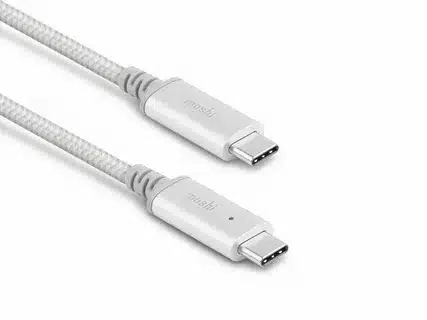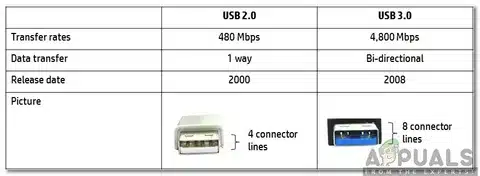The Lightning port, introduced in 2012 by Apple was a revolutionary concept to the time – having a compact, reversible 8-pin connector, that allowed users to simply connect their devices without having to fumble around into the right direction and a very fluent list of additional Apple based accessories to include in their ecosystem such as their iPhones, iPads, AirPods, and keyboard products. It also worked reliably and safely for more than ten years but was prone to limitations: limited capabilities of the data transfer up to 480 Mbps, a top charging power of only 20W, and the exclusivity with Apple devices only, as well as the increased cable price because of the MFi certification program. In the meantime, USB-C, a new technology introduced in 2014, is meant to unite all charging methods across devices and brands, providing fast charging up to 240W with USB Power Delivery 3.1, super high-speed data transfer up to 40 Gbps with Thunderbolt 4, and support of the video output on 4K and 8K displays, thus, becoming a universal solution to use in smartphones, laptops, tablets, gaming consoles, etc. Although USB-C cables may vary in quality, support not all features, and may be of lesser quality than Lightning, which is device-specific, the technology is open, making it often more cost effective and capable of a greater variety of purposes. In accordance with world standards such as the European Union, USB-C is implemented, with usability to occur in the year 2023, Apple began to switch to USB-C on iPhone devices, a major change to the single charging standard. The change is advantageous to consumers as it allows a single cable to serve many devices, quicker charging and data transfer adjust to the fact that it will lessen the amount of e-waste, and cheaper over the long-term. However, the adapters on currently existing Lightning accessories will need adapters. Overall, although Lightning is an important part of the history of Apple products and is still convenient to those who are deeply entrenched in the Apple ecosystem, USB-C clearly offers better performance, compatibility, and long-term use, and as it seems Apple will stop using Lightning as well, the era of proprietary charging ports is behind us, and any person that upgrades or seeks a simplified and high-speed and future-proof charging must switch to USB-C.












